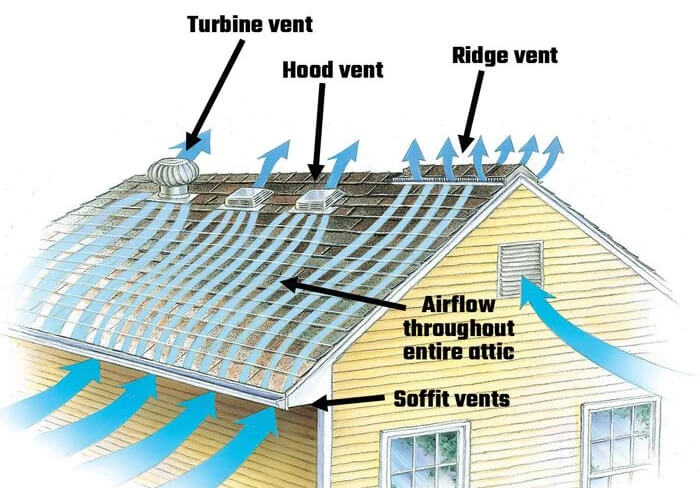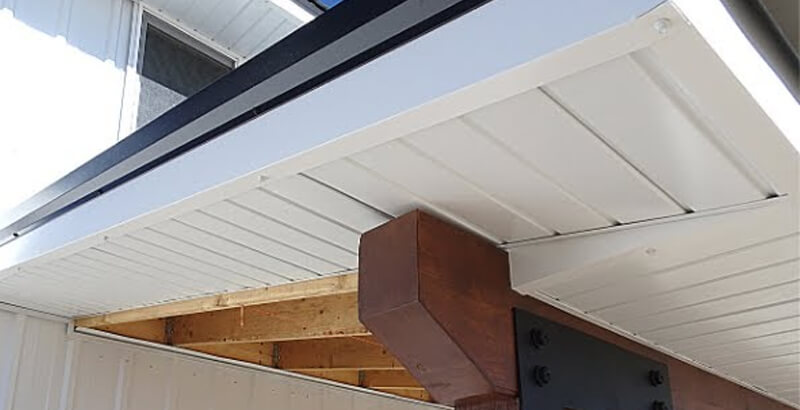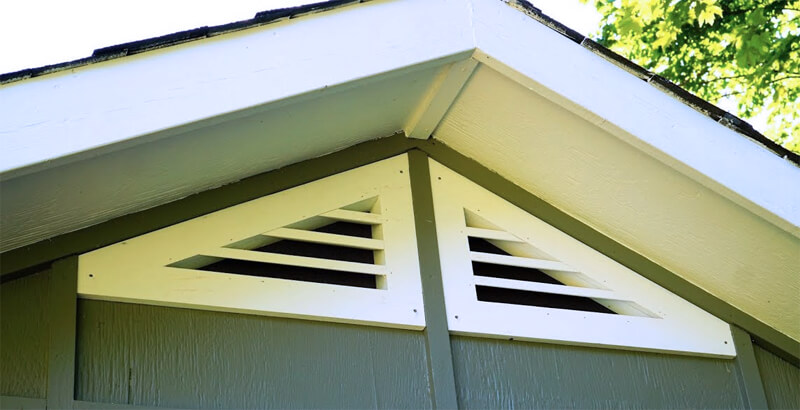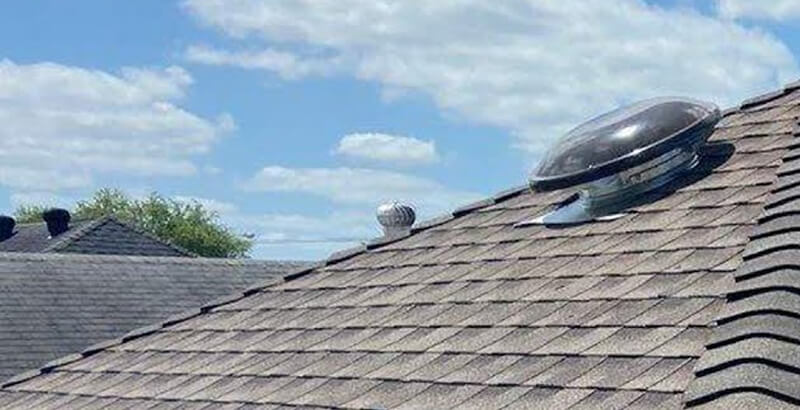Increase Your Roof’s Lifespan with Roof Ventilation
If you want to extend the life expectancy of your roof, you want to install roof vents both at the top of the roof and at the eaves or soffits. That way, your attic can have proper ventilation. Venting should not be inserted in the middle sections of your roof. That will only interrupt the natural flow of air. The key is to evenly distribute the vents, so all parts of the attic get the same amount of ventilation.

A general rule of thumb is to have one square foot of ventilation per every 300 square feet of attic floor space. It may be more or less depending on your area of the country, the extremity of humidity and temperatures, etc. In order to calculate correctly, a professional Atlanta roofer can give you a detailed estimate. Having vents in both the eaves and ridges allows the roof to inhale and exhale. Most builders recommend that around fifty percent of the vents be placed near the ridges and the rest near the eaves and the soffits.
What are Soffits?
Soffits are probably the most important vents. They fit underneath the eaves and allow more even airflow near the floor of the attic. Soffits come in two styles. The individual ones look similar to the air and heating vents inside the home. The other style is called continuous, in which several small vents are placed end to end along the length of the eaves. Some older homes have circular holes covered with mesh wiring instead.
The most low-maintenance option for upgrading your soffits is to replace them entirely with composite soffit material. If you go this route, your wood soffit boards will be taken out and replaced with composite, which can be vented or solid depending on your roof’s needs.
Gable End Vents
Gable end vents were designed to be more than decorative architecture. They are quite functional and should be placed at both ends of the house. That helps to create a draft through the attic. Some modern homes only have staggered gables on one side of the house. That can restrict proper airflow, so other ventilation must be used as well.
Some gables have a power fan installed behind them to force air in. But if you have soffits and ridge vents, as many modern homes do, the gable vents are not that necessary. Still, many people like the classic look of gable vents. For that reason, some may indeed be fake. If you have fake gable vents yet and have roof and eave ventilation, you are in good shape.
Ridge Vents
Since hot air rises, ridge vents are installed to allow the hot air to escape through the top of the roof. Often times they are camouflaged with the same roofing material as the rest of the roof, so it looks more uniform. That doesn’t mean they are not working well. Many ridge caps have an external baffle that has two functions.
/install-ridge-vent-56a804ce3df78cf7729b7e80.jpg)
First, it gives protection against rain and dust seeping into your attic through the vents. The second thing these caps do is create a low-pressure area, which reinforces the airflow. Ridge vents are designed to work on all pitches and lengths of roof ridges.
Roof Vents
Roof vents are installed on the top of the roof. Usually evenly spaced on one side of the roof, these also come in two styles. Louvered or static vents do not need electricity to operate. That makes them less expensive to have. The other is a power vent, which is electrically operated. A thermostat lets the vent motor know when to kick in.
The important reason to have good attic ventilation is that without it, moisture can accumulate. That means mold, rot, and rust can form. Not only can these become costly to repair, but they can also be a health hazard to the family living inside the home.
If you are unsure how well your roof venting is working, or if you have questions about your attic ventilation, we encourage you to talk to an experienced professional about your existing system and any inherent flaws that may be present. The risk/reward of having poor or no ventilation, combined with the relatively low cost of installing a functional ventilation system, make them a no-brainer for home maintenance.



